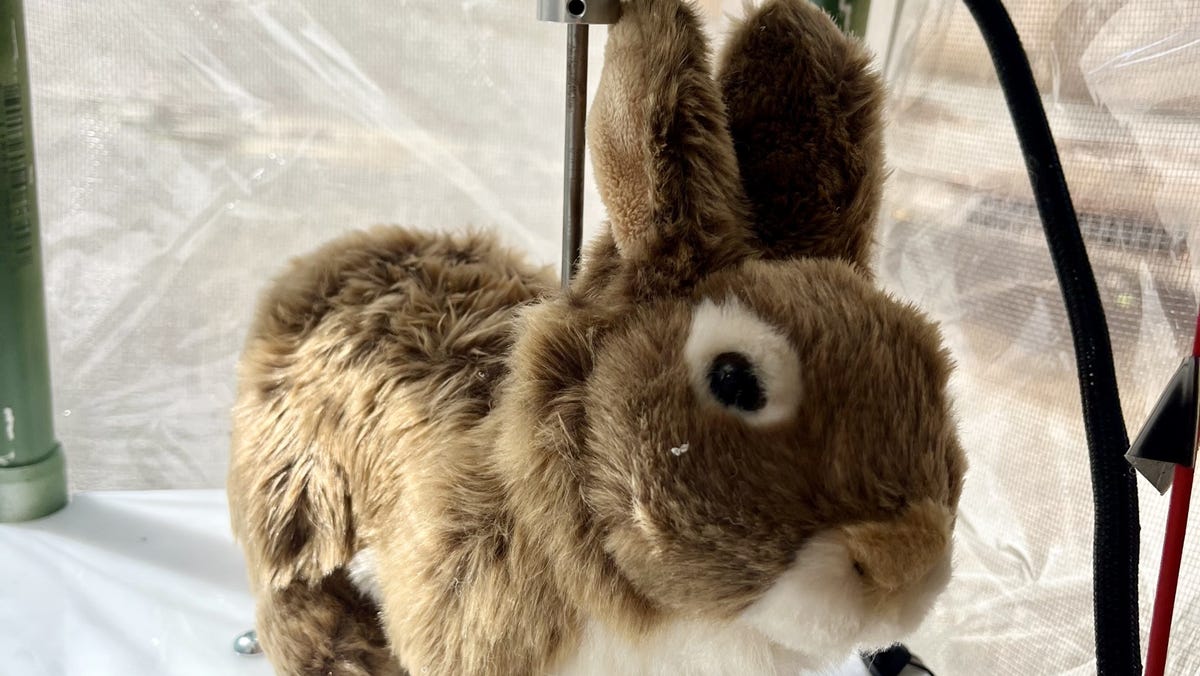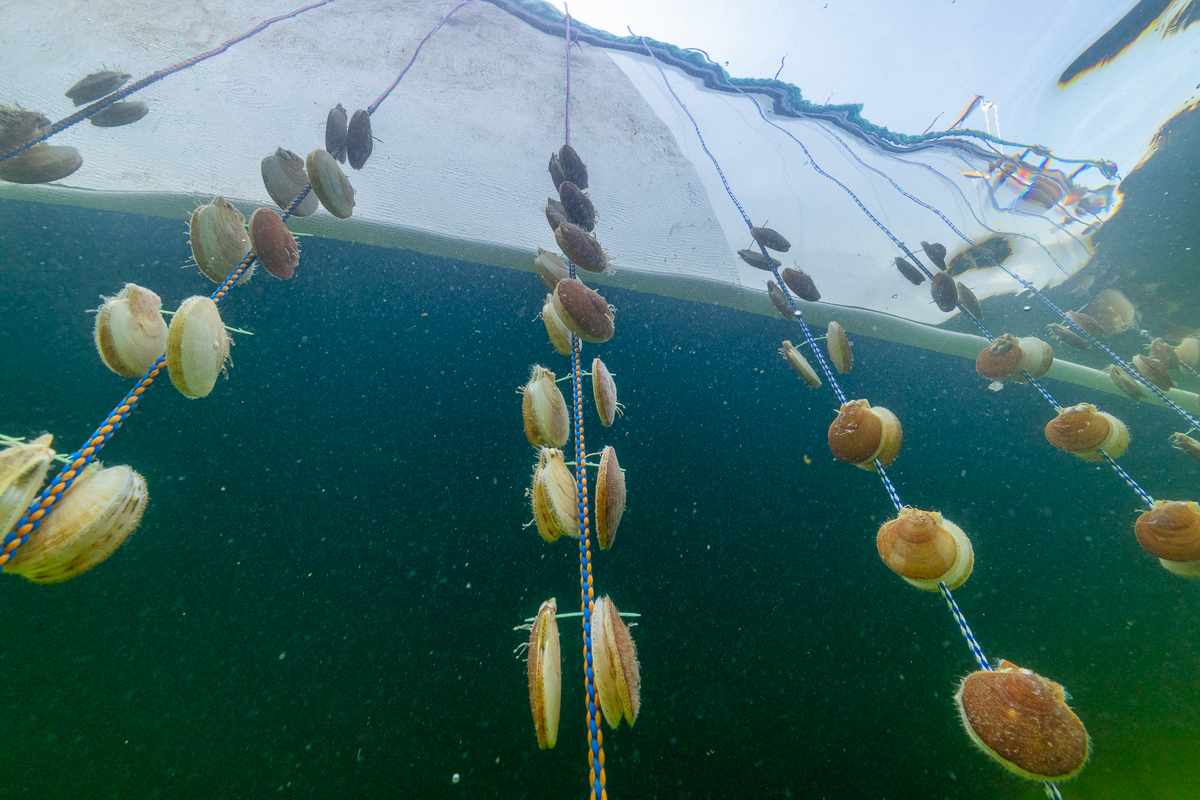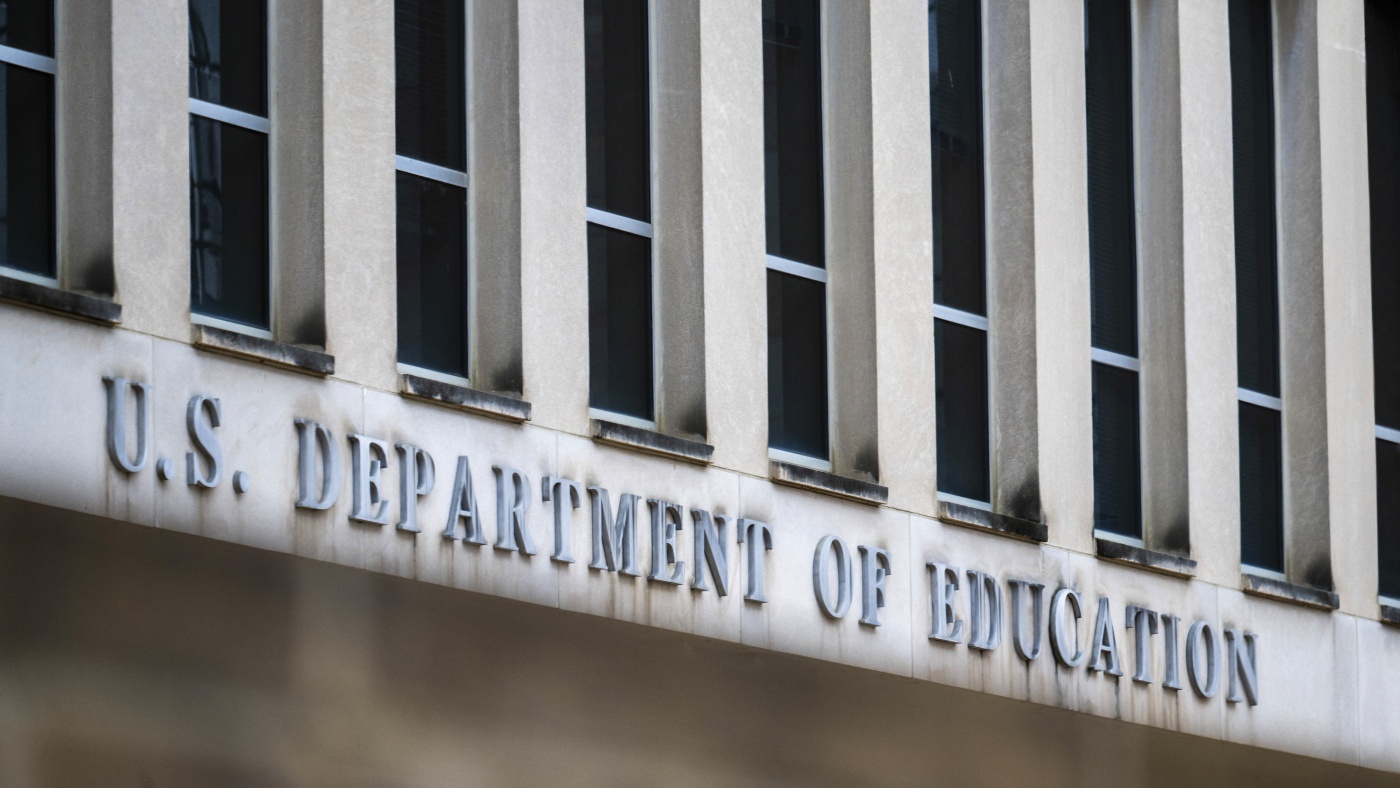Five things to know about Florida’s Python Challenge
Burmese pythons have a negative impact on native wildlife. Every year you can participate in a contest that helps eliminate the threat.
- The robots mimic the movements and body temperature of real rabbits, a favored prey of pythons.
- The project is funded by the South Florida Water Management District and builds upon previous research on python behavior.
- Researchers hope this innovative approach will be a “game changer” in controlling the python population.
Scattered in python hot spots among the cypress and sawgrass of South Florida is the state’s newest weapon in its arsenal to battle the invasive serpent, a mechanical lure meant to entice the apex predator to its ultimate demise.
Just don’t call it the Energizer bunny.
Researchers at the University of Florida have outfitted 40 furry toy rabbits with motors and tiny heaters that work together to mimic the movements and body temperature of a marsh rabbit — a favorite python meal.
They spin. They shake. They move randomly, and their creation is based on more than a decade of scientific review that began with a 2012 study that transported rabbits into Everglades National Park to see if, and how quickly, they would become python prey.
“The rabbits didn’t fare well,” said Robert McCleery, a UF professor of wildlife ecology and conservation who is leading the robot bunny study that launched this summer.
Subsequent studies revealed that pythons are drawn to live rabbits in pens with an average python attraction rate of about one python per week. But having multiple live rabbits in multiple pens spread across a formidable landscape is cumbersome and requires too much manpower to care for them.
So, why not robot bunnies?
“We want to capture all of the processes that an actual rabbit would give off,” McCleery said. “But I’m an ecologist. I’m not someone who sits around making robots.”
Instead, colleague Chris Dutton, also a UF ecology professor but more mechanically adept, pulled the stuffing out of a toy rabbit and replaced it with 30 electronic components that are solar-powered and controlled remotely so that researchers can turn them on and off at specific times.
The rabbits were placed in different areas of South Florida in July 2025 for a test phase that includes a camera programmed to recognize python movement and alert researchers when one nears the rabbit pen. One of the biggest challenges was waterproofing the bunnies so that the correct temperature could still be radiated.
Python challenge: Why state recommends not eating Florida pythons
McCleery was reluctant to give specifics on where the rabbit pens are located.
“I don’t want people hunting down my robo-bunnies,” he said.
Version 2.0 of the study will add bunny scent to the stuffed rabbits if motion and heat aren’t enough to fool the snakes.
State efforts to mitigate python proliferation have included a myriad of efforts with varying degrees of success.
Renowned snake hunters from the Irula tribe in India were brought in to hunt and share their skills. There have been tests using near-infrared cameras for python detection, special traps designed, and pythons are tracked by the DNA they shed in water, with radio telemetry, and with dogs. Also, the annual Florida Python Challenge has gained legendary status, attracting hundreds of hunters each year vying for the $10,000 grand prize.
This year’s challenge runs July 11 through July 20. As of the first day of the challenge, there were 778 registered participants, from 29 states and Canada.
But possibly the highest profile python elimination program is the 100 bounty hunters who work for the South Florida Water Management District and the Florida Fish and Wildlife Conservation Commission.
The hunters have removed an estimated 15,800 snakes since 2019 and were called the “most effective management strategy in the history of the issue” by district invasive animal biologist Mike Kirkland.
Kirkland oversees the district’s hunters. He gave a presentation July 7 to the Big Cypress Basin Board with updates on python removal that included McCleery’s robo-bunny experiment, which the district is paying for.
“It’s projects like (McCleery’s) that can be used in areas of important ecological significance where we can entice the pythons to come out of their hiding places and come to us,” Kirkland said at the board meeting. “It could be a bit of a game changer.”
The Burmese python invasion started with releases — intentional or not — that allowed them to gain a foothold in Everglades National Park by the mid-1980s, according to the 2021 Florida Python Control plan. By 2000, multiple generations of pythons were living in the park, which is noted in a more than 100-page 2023 report that summarized decades of python research.
Pythons have migrated north from the park, with some evidence suggesting they may be able to survive as far north as Georgia if temperatures continue to warm and more pythons learn to burrow during cold snaps.
More: Snake hunters catch 95% of pythons they see. Help sought to kill the ones that are hiding
In Palm Beach County, 69 pythons have been captured since 2006, according to the Early Detection and Distribution Mapping System, or EDDMapS. In addition, four have been found dead, and 24 sightings have been reported.
Big Cypress Basin board member Michelle McLeod called McCleery’s project a “genius idea” that eliminates the extra work it would take to manage live rabbits.
McCleery said he’s pleased that the water management district and FWC, which has paid for previous studies, are willing to experiment.
“Our partners have allowed us to trial these things that may sound a little crazy,” McCleery said. “Working in the Everglades for 10 years, you get tired of documenting the problem. You want to address it.”
McCleery said researchers did not name the robot rabbits, although he did bring one home that needed repair. His son named it “Bunbun.”
Kimberly Miller is a journalist for The Palm Beach Post, part of the USA Today Network of Florida. She covers real estate, weather, and the environment. Subscribe to The Dirt for a weekly real estate roundup. If you have news tips, please send them to kmiller@pbpost.com. Help support our local journalism, subscribe today.



































